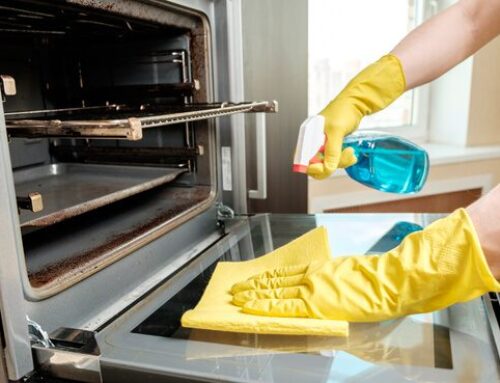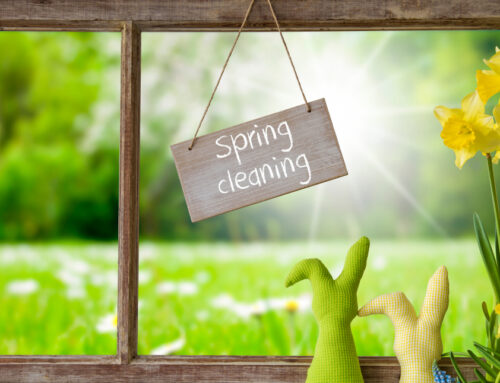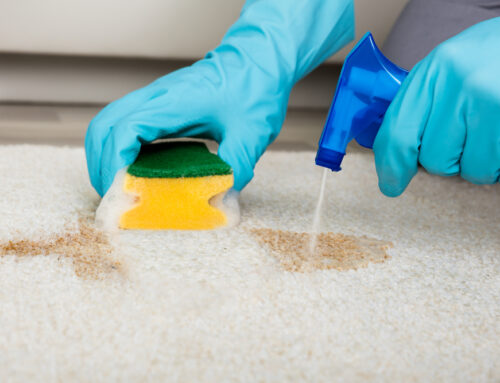Pets bring immense joy and companionship to our lives, but along with that joy comes the inevitable challenge of pet hair. Whether you have a fluffy cat or a shedding dog, managing pet hair in the home can be a daunting task. However, fear not! With Savannah’s secret weapons and expert tips, you’ll learn how to tackle pet hair like a pro, ensuring a clean and pet-friendly living space for you and your furry friends.
Understanding the Challenge
Pet hair seems to have a magical ability to weave its way into every nook and cranny of our homes. From clinging to furniture to floating in the air, it can be a persistent nuisance. Understanding the nature of pet hair and why it poses a challenge is the first step in effectively managing it.
Pet Hair Composition: Pet hair consists of protein strands primarily made of keratin, the same protein found in human hair and nails. These strands are lightweight and easily detach from the animal’s coat, making them prone to spreading throughout the home.
Allergen Concerns: In addition to being unsightly, pet hair can also exacerbate allergies in some individuals. The proteins found in pet dander, which is often attached to pet hair, can trigger allergic reactions, leading to sneezing, itching, and other discomforts.
Aesthetic Impact: Beyond the health concerns, the presence of pet hair can detract from the aesthetic appeal of your home. Clumps of hair on furniture or scattered across floors can make even the cleanest space appear unkempt.
Challenges in Removal: Traditional cleaning methods may not always suffice when it comes to pet hair removal. Vacuuming and sweeping alone may not capture all the hair, especially in hard-to-reach areas or on fabrics that attract hair.
Savannah’s Secret Weapons Unveiled
Now, let’s delve into Savannah’s secret weapons—expert strategies and specialized tools designed to combat pet hair effectively.
1. Grooming Routine Optimization
Regular grooming is essential for managing pet hair at its source. By optimizing your pet’s grooming routine, you can significantly reduce the amount of loose hair they shed.
Establish a consistent grooming schedule for your pet, focusing on brushing sessions tailored to their coat type and length. For long-haired breeds, consider investing in a high-quality deshedding tool like a slicker brush or a grooming glove. These tools help remove loose hair before it has a chance to accumulate in your home.
2. High-Efficiency Vacuum Cleaners
Not all vacuum cleaners are created equal when it comes to tackling pet hair. Investing in a high-efficiency vacuum cleaner specifically designed for pet owners can make a world of difference in your cleaning routine.
Look for vacuum cleaners equipped with powerful suction and specialized attachments for pet hair removal. Features like HEPA filters are also beneficial for trapping allergens, ensuring a thorough clean. Remember to vacuum high-traffic areas and upholstery regularly to prevent pet hair buildup.
3. Washable Pet Bedding
Pet bedding can be a hotspot for pet hair accumulation, contributing to airborne allergens and overall messiness. Opting for washable pet bedding is a simple yet effective way to keep your pet’s sleeping area clean and hair-free.
Choose pet bedding made from machine-washable materials that can withstand frequent laundering. This allows you to easily remove pet hair and other debris, maintaining a hygienic environment for your furry friend. Consider having multiple sets of bedding on hand for seamless rotation during laundry days.
4. Lint Rollers for Quick Touch-Ups
For those inevitable moments when you spot pet hair on your clothing or furniture, lint rollers are a convenient solution for quick touch-ups on the go.
Keep lint rollers strategically placed throughout your home, including near entryways and in your car, for easy access when needed. Their adhesive surface effectively picks up stray pet hair from fabric surfaces without leaving behind residue or damaging delicate materials.
5. Air Purifiers for Improved Air Quality
Pet hair isn’t just confined to surfaces—it can also linger in the air, contributing to respiratory issues and overall discomfort. Investing in an air purifier can help improve indoor air quality by capturing airborne pet hair and dander particles.
Look for air purifiers equipped with HEPA filtration systems, which can effectively trap microscopic allergens, including pet hair and dander. Place the purifier in commonly used areas of your home, such as the living room or bedroom, to enjoy cleaner, fresher air.
6. Professional Cleaning Services
For pet owners with busy schedules or those seeking a thorough deep clean, enlisting the help of professional cleaning services can provide peace of mind and exceptional results.
Consider scheduling periodic deep cleaning sessions with reputable cleaning companies that specialize in pet-friendly cleaning practices. These professionals have the expertise and tools necessary to tackle stubborn pet hair and allergens, leaving your home pristine and refreshed.
FAQs (Frequently Asked Questions)
How often should I groom my pet to minimize shedding? Regular grooming sessions are key to minimizing shedding in pets. Aim for at least 2-3 grooming sessions per week, adjusting frequency based on your pet’s breed and coat type.
Can I use human vacuums to clean pet hair? While some standard vacuum cleaners may suffice for pet hair removal, it’s recommended to invest in a vacuum specifically designed for pet owners. These models typically feature specialized attachments and enhanced suction power for optimal results.
Are there any natural remedies for reducing pet shedding? Certain dietary supplements, such as omega-3 fatty acids and biotin, may help improve the condition of your pet’s skin and coat, potentially reducing excessive shedding. Consult with your veterinarian before introducing any new supplements to your pet’s diet.
How can I prevent pet hair from accumulating on furniture? Regularly vacuuming upholstery and using washable, pet-friendly furniture covers can help prevent pet hair buildup on furniture surfaces. Additionally, establishing designated pet-free zones in your home can minimize hair transfer to certain areas.
What are some signs of pet allergies caused by pet hair? Common signs of pet allergies include sneezing, coughing, wheezing, itchy or watery eyes, and skin rashes. If you suspect you or a family member may have pet allergies, consult with a healthcare professional for proper diagnosis and management.
Conclusion
Managing pet hair doesn’t have to be a source of stress or frustration for pet owners. By implementing Savannah’s secret weapons and expert tips, you can effectively tackle pet hair like a pro, maintaining a clean, hygienic, and pet-friendly home environment. Remember to prioritize regular grooming, invest in quality cleaning tools, and stay proactive in managing pet hair accumulation. With the right approach, you can enjoy the company of your beloved pets without compromising on cleanliness.






